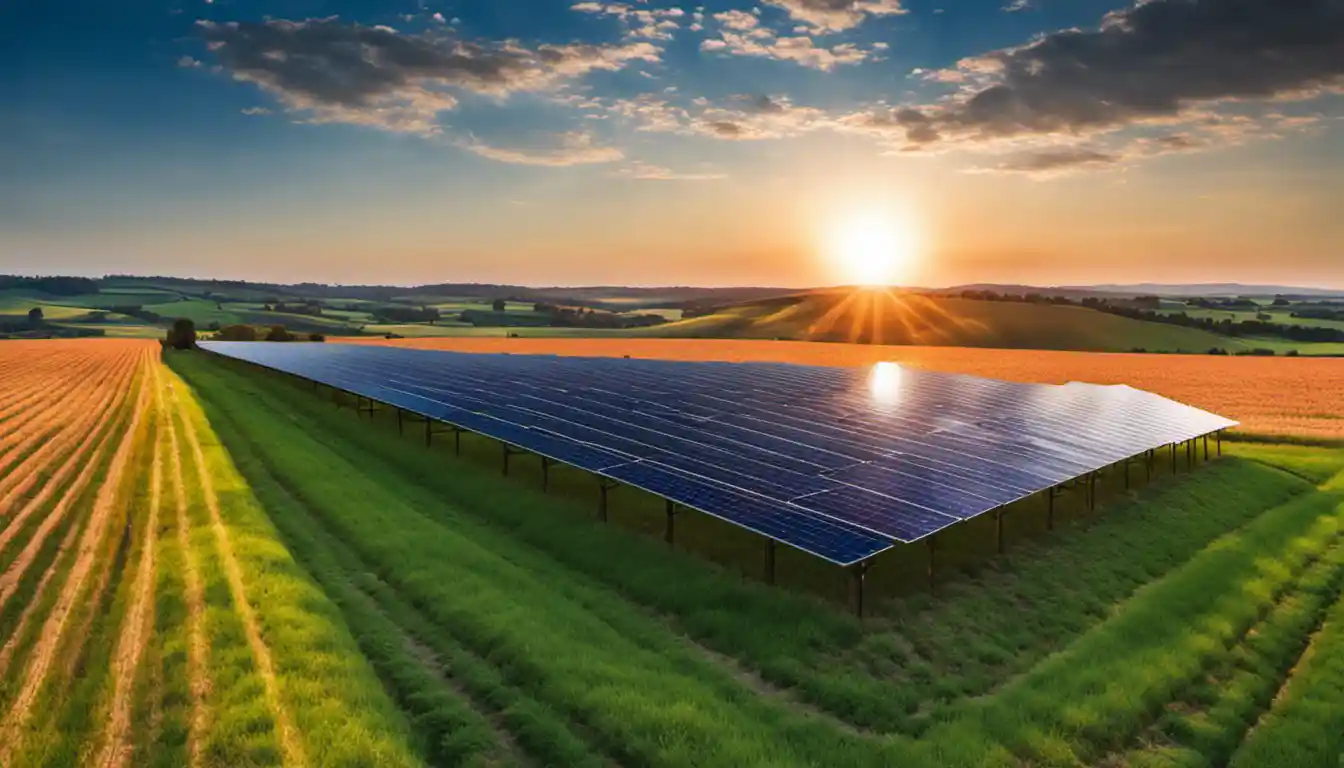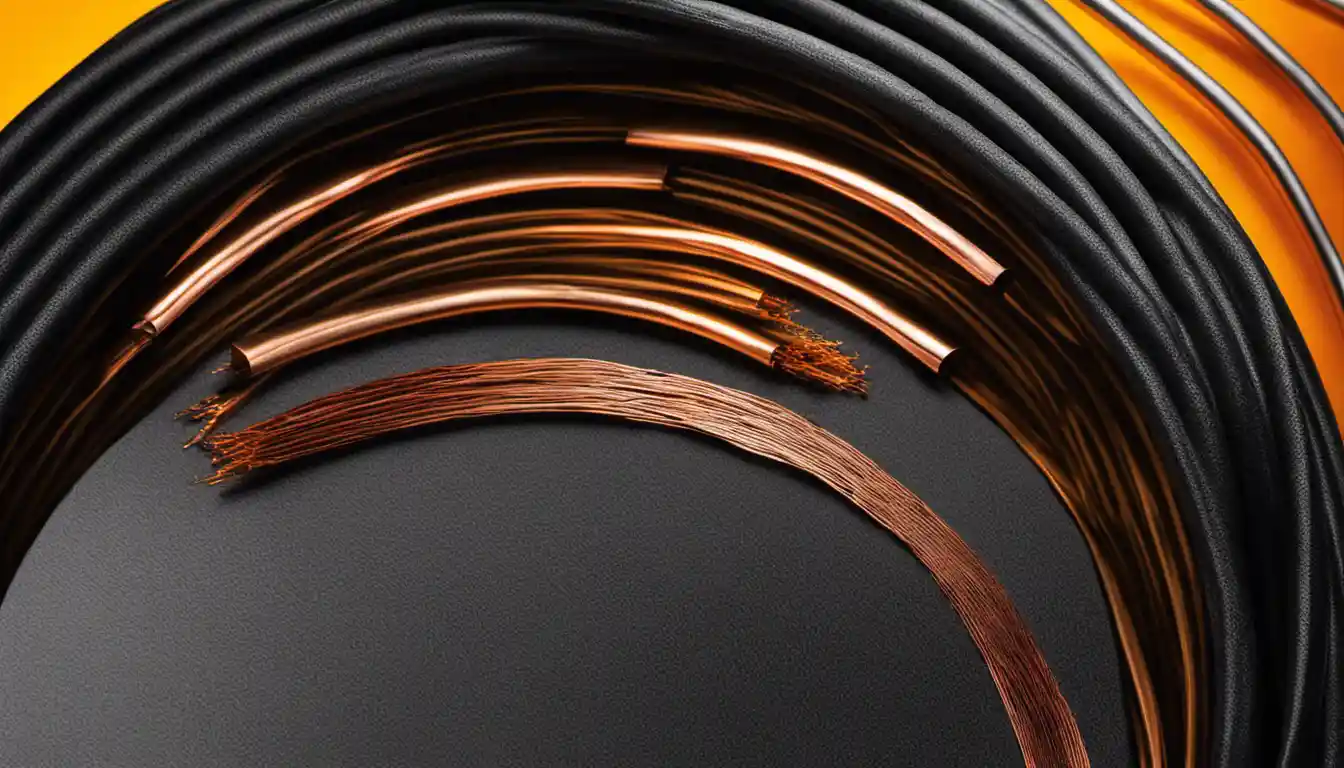Understanding the Basics of Off-Grid Solar System
A DIY off-grid solar system involves gathering solar panels, batteries, charge controllers, and inverters to generate and store your own electricity independent of any public utility grid. These systems allow you to harness solar energy, convert it into electricity and store it for use, making it a sustainable and cost-effective method of power generation. There are many online guides and resources available that detail the steps and materials needed to build your own off-grid solar system.
How it Works
An off-grid solar system works by absorbing sunlight using solar panels, which gets converted into direct current (DC) electricity. This is then converted into alternating current (AC) electricity by an inverter, which is the type of power most home appliances use. In an off-grid system, excess power is stored in a battery for later use, especially during the night or when sunlight is scarce.
Basic Electricity Rules
Before embarking on your DIY off-grid solar system project, familiarize yourself with some basic electricity principles. You need to understand concepts like amperage (measured in amps), voltage (measured in volts), and wattage (measured in watts). Moreover, it’s crucial to know how solar panels, inverters, batteries, and the load (i.e., devices or appliances using the electricity) interact in a photovoltaic system.
Essential Supplies and Equipment Needed
To build a DIY off-grid solar system, you need several key pieces of equipment:
- Solar panels to capture sunlight
- Charge controller to manage the power flow from the panels into the batteries
- Inverter to convert the DC solar power into AC power for your appliances
- Batteries to store excess power for use when there’s no sunshine
- Cables, breakers, and other connecting hardware
Designing Your Solar Power System
Calculating Your Daily Energy Consumption
Successful planning of your solar power system design starts with understanding your daily power consumption. You’ll need to calculate the total watt-hours each of your devices uses in a day. Add up these calculations to estimate your total daily energy usage. This will profoundly influence the capacity of the solar system you need to build.
Understanding the 6 Steps of DIY Off-Grid Solar
- Evaluate energy usage: Take stock of all electrical appliances and devices you plan to power with your off-grid solar system.
- Design your system: After estimating your energy needs, design your solar system accordingly. Plan where the solar panels will face and where the equipment will be stored.
- Select your materials: Choose the required materials based on your design. The essential components include solar panels, a charge controller, an inverter, and batteries.
- Connect your system: With your materials at hand, the next step is to connect your system together. Follow wiring diagrams to understand how to connect your solar panels to your batteries via a charge controller, and how to link your inverter to the batteries.
- Install your panels: Once your system is connected and working, install your panels at the chosen location.
- Switch and monitor: Switch on your solar system, monitor the output and keep track of system performance.
Selecting Your System Components
Choosing the Batteries
The battery bank is akin to the heart of an off-grid solar system. It stores energy produced by your panels for use when needed. When choosing batteries, you’re likely to encounter two main options:
Lead-Acid Battery vs Lithium-Ion Battery
Lead-acid batteries have been the standard for decades but are gradually giving way to Lithium-ion batteries which are lighter, have longer lifespans, and have higher depth of discharge. However, Lithium-ion batteries tend to be more expensive.
Factors Influencing Battery Bank Size

Estimated power usage, the solar system’s size, and backup power needs are the key factors that influence battery bank size.
Determining the System Voltage and Depth of Discharge
The system voltage generally ranges from 12V, 24V to 48V, with the higher voltages often more efficient. The depth of discharge (DoD) refers to how much of the battery’s energy is used before it is recharged.
Battery Sizing Techniques
Battery sizing involves knowing your load requirements, the preferred system voltage, and the highest expected number of consecutive cloudy days in your location. It might sound complex, but there are several online solar calculator tools you can use.
Choosing the Solar Panel
Solar panel selection is another vital step in your DIY off-grid solar system journey.
Understanding Peak Sun Hours
Peak sun hours (PSH) refer to the time during a day when the intensity of the sun’s radiation is sufficient to produce a specified output from a solar panel.
How to Calculate Total Peak Sun Hours?
Understanding your region’s total PSH can help in calculating the number of solar panels required. This can usually be found on a solar irradiance map.
Comprehending System Efficiency
No system reaches a 100% efficiency rate due to power losses in cables, the inverter, and other components.
Solar Panel Sizing Techniques
Solar panel sizing involves determining your average daily electrical use, assessing the average number of sunlight hours you receive, and factoring in your system’s efficiency.
Wiring the Solar Panels
Wiring the solar panels correctly is a crucial part of setting up a DIY off-grid solar system. Panels can be connected in series (increasing voltage), parallel (increasing current), or a combination of both, depending on your system’s specifications and requirements. Always be cautious during this process to avoid any electrical mishaps.
Charging Battery with Solar Power
Understanding a Solar Charge Controller
A solar charge controller safeguards your batteries by preventing overcharging or excessively discharging, thereby prolonging their lifespan.
PWM Solar Charge Controller

Pulse Width Modulation (PWM) controllers ensure the battery is kept at full charging capacity and are suitable for small systems where efficiency is not critical.
MPPT Solar Charge Controller
Maximum Power Point Tracking (MPPT) controllers allow your solar panels to operate at their maximum power point, efficiently converting excess voltage into amperage, creating 20-30% more power than PWM controllers.
Appropriate Sizing of Charge Controller
To size your solar charge controller, consider your solar system’s voltage and your solar panel’s current. This process will ensure your solar charge controller can adequately support your panels’ output and the system’s voltage.
Deciding Between PWM and MPPT?
The decision between PWM and MPPT depends on your system’s size, efficiency requirements, and budget constraints.
Selecting the Right Inverter
The inverter converts DC electricity from your solar panels and battery into AC electricity.
How Inverters are Rated?
Inverters are rated based on their peak power output and continuous output power. The peak power rating is the maximum amount of power the inverter can supply usually for a short period, while the continuous output refers to the power it consistently supply.
Comprehending Inverter Voltage & Frequency
Inverter voltage should match your battery bank’s voltage. For frequency, most countries use either 50Hz or 60Hz, which your inverter should match.
Understanding Inverter Efficiency
Inverter efficiency is the measure of how well an inverter converts DC to AC electricity. An ideal inverter will have nearly a 100% efficiency rate.
Inverter Sizing Techniques
The inverter sizing is primarily driven by the amount of watts you plan to use. Simply put, if you want to power 2000 watts of appliances, you’ll need a 2000-watt inverter.
Choosing Appropriate Cables
Proper wiring ensures safety and efficiency in a solar power system.
Selecting the Solar Cable

Solar cables link your solar panels to the solar inverter and charge controller. The appropriate solar cable gauge depends on your system’s voltage and current, and the cable’s length.
Selecting the Correct Size Power Inverter Battery Cables
Choosing the right size power inverter battery cables is critical to prevent potential fire hazards and ensure your system operates efficiently.
Understanding the Sizing of Fuses / Breakers
Fuses and breakers prevent overcurrent situations, protecting your system’s components. The size of the fuse or breaker directly relates to the size and type of the wiring.
Putting it All Together
Gathering the Components and Tools
Once you have acquired all the necessary components and tools, it’s time to assemble your DIY off-grid solar system.
Understanding the Wiring Diagram
A wiring diagram serves as a roadmap for building your system. It shows the electrical connections and functions of your set-up.
Mastering Power Distribution
Power distribution involves efficiently dividing your electrical power among all your household appliances. You should equip your system with a power distribution board to ensure an organized means of distributing power.
Metering and Data Logging
Regular monitoring and recording of your solar power system’s performance can help you optimize it, troubleshoot issues, and improve its efficiency. You can do this manually or employ data logging software and dedicated devices.
Monitoring Battery Temperature
Temperature affects battery performance significantly, so it’s crucial to monitor it closely.
Conclusion – Taking Your System Off-Grid
Once everything is set up correctly, you are ready to take your system off-grid. Switch off your connection to the power grid, and start enjoying solar power. Always perform regular maintenance and monitoring of your solar system to ensure it continues to run smoothly.
Final Thoughts – The Benefits and Challenges of Going Solar
Going solar has numerous benefits: energy independence, lower power bills, and contributing to a sustainable planet. However, the journey toward a DIY off-grid solar system also poses certain challenges and requires a significant investment of time and resources.
But with the right planning and implementation, the rewards are worthwhile. And to assist you with the project, find professional advice and off-grid solar system installation guide on our website.
Remember, building a DIY off-grid solar system may not be easy, but it’s an enriching journey that yields long-term benefits. Here’s to your clean, sustainable, energy-independent future!



